If you click on a link and make a purchase we may receive a small commission. Read our editorial policy.
Dirty blue: Behind the modern tragedy of GCPD: The Blue Wall
GCPD: The Blue Wall presents a somber look at policing in DCU. Here’s how the miniseries raises the bitter sociopolitical questions.

Academy Award winner John Ridley and Stefano Raffaele’s searing portrait of Gotham City through the eyes of its complicated police force in their comic book miniseries GCPD: The Blue Wall has reached its fiery conclusion.
Unflinching in its social commentary of the police force and its handling of violence and race relations, The Blue Wall juxtaposed these themes with the backdrop of one of the DC Universe’s most iconic cities. Balancing heartbreaking drama with a deep dive into the unexplored pockets of Gotham even Batman doesn’t occupy himself with, The Blue Wall also stands as a crucial chapter in the life of Police Commissioner Renee Monotoya while standing as something of a spiritual successor to Ridley’s prior DC miniseries, the acclaimed The Other History of the DC Universe which similarly provided a more grounded look at the untold stories from the DCU.
Unfolding across six issues, GCPD: The Blue Wall presents an on-the-ground perspective from the various police officers in Gotham before focusing on dual narratives following Montoya and star recruit Danny Ortega. However, the pressures of the job drive people towards their respective breaking points, and subsequently murder and corruption, with even the hardened veteran Montoya facing her own crisis of conscience.
In the end, there are no easy answers about what it takes to survive as a clean cop in Gotham City, just that the only constant is pain, both endured and occasionally inflicted by the police from on those they have pledged to protect and serve.
In the line of fire

The Blue Wall offers a multi-faceted view of the officers on the Gotham City Police Force, from those who legitimately believe in their duty to uphold the law to those who abuse the power that comes with the badge and the city-issued sidearm.
Among the uglier aspects are bigoted officers on the force who openly spew their racist views and abuses on marginalized people, including fellow GCPD officers serving alongside them. These abuses of power and endurance of systematic racism weigh particularly heavily upon new recruit Danny Ortega, a star graduate from the police academy who weathers this abuse firsthand.
Ortega eventually hits his breaking point after an especially traumatic day on the job and writes a manifesto decrying the police force as more of a harmful presence within Gotham than one for good. Ortega vows to single-handedly dismantle the police, using his manifesto to justify his actions and potentially inspire others to follow in his footsteps.
Ortega's first target is Renee Montoya, the police’s most public figure and chief enabler by – in Ortega's view – refusing to clean up the organization she commands. And in order to exact vengeance, Ortega is keen to make his twisted crusade as personally painful to Montoya as he can.
Montoya, for her part, is distracted by a case she believes to involve Two-Face, the supervillain who had taken his own unhealthy interest in her since the 1999 crossover event “Batman: No Man’s Land.” Preoccupied with the possible resurgence of her own nemesis, Montoya doesn’t realize she’s being targeted by someone from within the police department until her brother and his fiancee are brutally murdered by Ortega. The strain of these losses and the investigation into Two-Face challenges Montoya’s sobriety though she gathers her resolve and wits in time to lead the police to stop Ortega before he can further his vendetta.
Only shades of gray

The most striking thing about The Blue Wall, including its somber ending, is that there are no clear solutions presented, only a maintenance of the status quo that existed before Ortega even joined the force.
Yes, Ortega is apprehended and brought to justice, but the corruption and bigotry that drove him to violence is still prevalent throughout the police department. Montoya walks away from the entire ordeal shaken but is regarded as something of a local hero for her efforts to personally spearhead the initiative to bring Ortega down alive.
And yet while Montoya is nominally the hero, she is admittedly a flawed one by her own account. Beyond her obsession in tracking down Two-Face, Montoya made a public pledge to clean up the corruption running rampant in her department and has failed to do so. So, the police department is still poised to create other murderous cases like Danny Ortega while continuing to abuse power around Gotham. Ortega was on track to become a super cop, but ended up becoming a notorious cop killer with lethal anarchist tendencies.
And to pour salt on the raw wound, the media and public at large is shown to barely take notice of the malfeasance within the police and the wider consequences it presents. Within weeks, the matter is quietly brushed under the carpet in favor of focusing attention on Batman’s latest, unseen exploits in battling any number of the interchangeable supervillains plaguing Gotham. All that’s left is a police system that is still barely keeping its bad actors in check, if at all, while Montoya mourns the losses she endured in the face of Ortega’s wrath.
Out of Gotham Central’s shadow

The idea of Gotham’s police being a thankless presence in keeping their city safe is one that echoes the universally acclaimed series Gotham Central by Greg Rucka, Ed Brubaker, and Michael Lark.
The series similarly focused on Montoya, while she was still a police detective rather than commissioner, along with her colleagues as they dealt with the constant chaos of defending a city overrun by supervillains. Throughout the series, Batman would only appear sporadically to tie up any loose ends, often resulting in the public crediting him for saving the day while its police were left to invisibly pick up the pieces from their harrowing adventures.
The key difference between Gotham Central and GCPD: The Blue Wall lies in the fact that while Gotham Central regularly and prominently pit supervillains against the police, with Mr. Freeze and the Joker being the most notable examples, The Blue Wall does not.
Ridley and Raffaele aren’t interested in introducing a larger-than-life villain for Montoya to face; Two-Face is something of a feint. Instead, the story presents a much more realistic and terrifying homegrown threat standing among the police and one that is tragically more of a symptom of a greater problem than Montoya can solve on her own.
At the end of the story, Montoya remains at the helm of an unsteady ship, and The Blue Wall provides a glimpse into the unforgiving meat grinder that can create the deadliest society has to offer while the status quo chugs coldly along.
GCPD: The Blue Wall is written by John Ridley, illustrated by Stefano Raffaele, colored by Brad Anderson, and lettered by Ariana Maher. All six issues are on sale individually now from DC Comics.
Stephen Amell on why Arrow had to end, and what he thinks of that DC Studios announcement
Follow Popverse for upcoming event coverage and news
Find out how we conduct our review by reading our review policy
Let Popverse be your tour guide through the wilderness of pop culture
Sign in and let us help you find your new favorite thing.



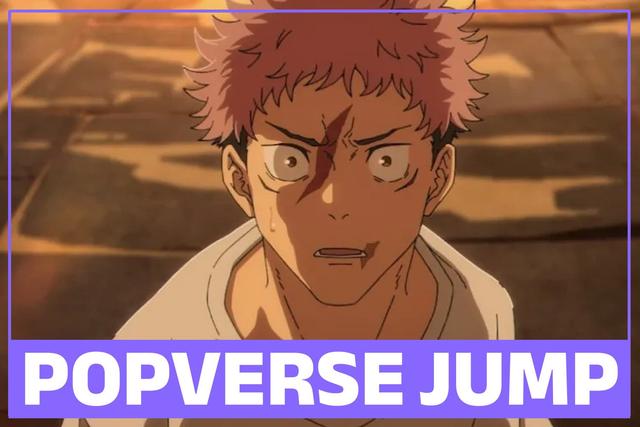

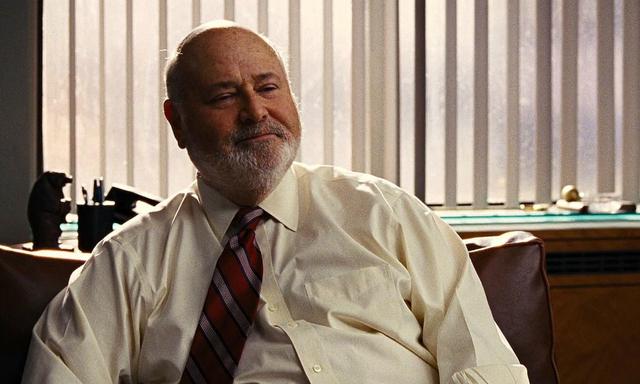
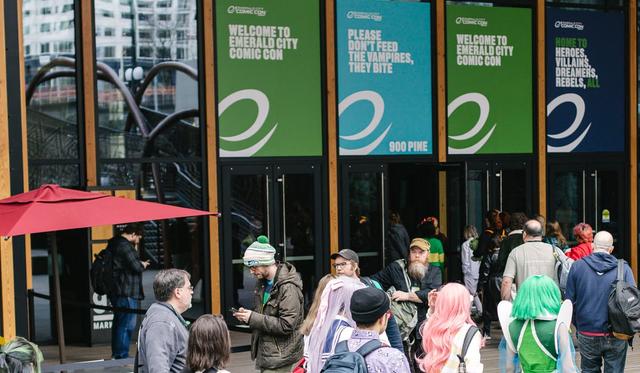

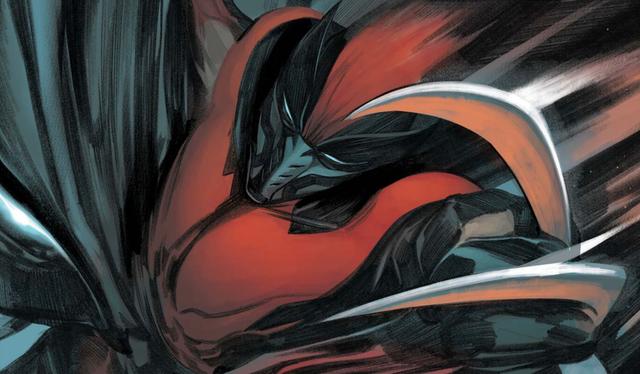
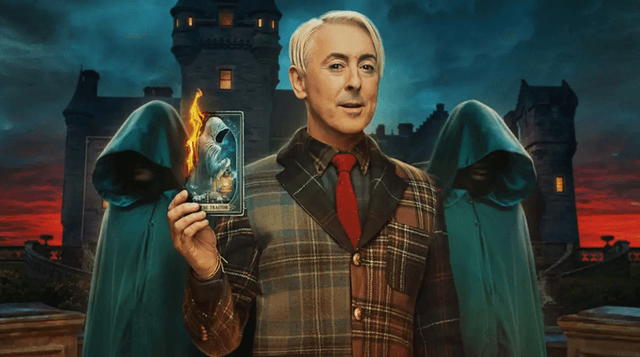






Comments
Want to join the discussion? Please activate your account first.
Visit Reedpop ID if you need to resend the confirmation email.